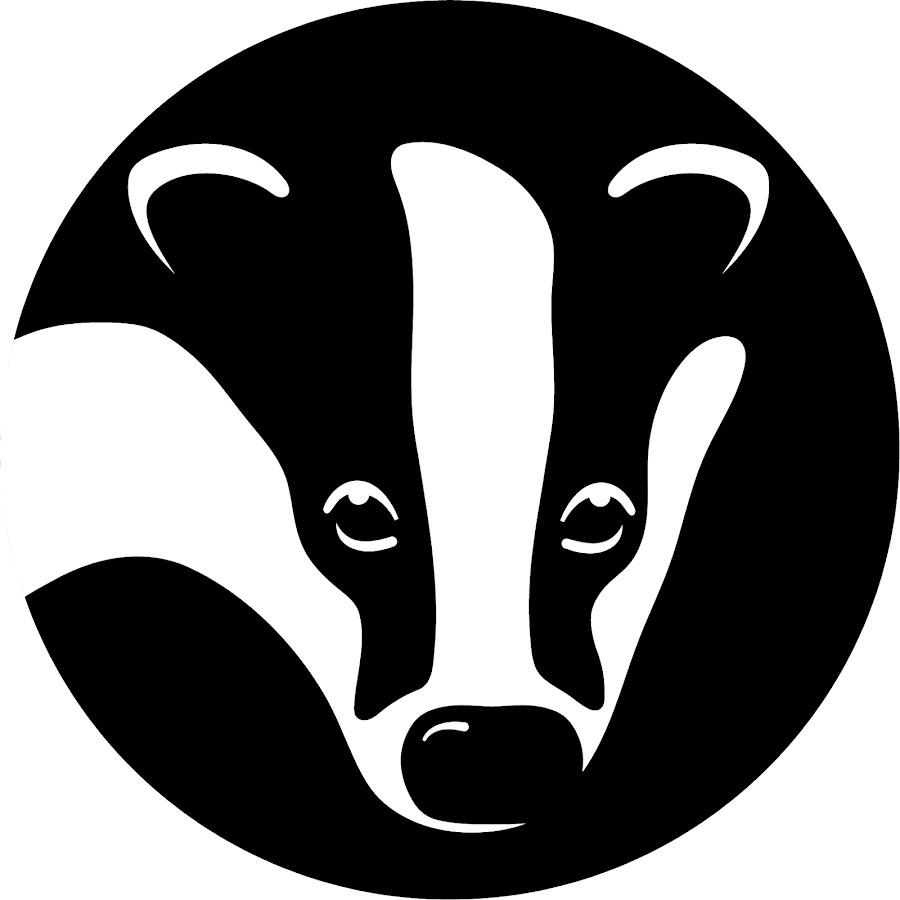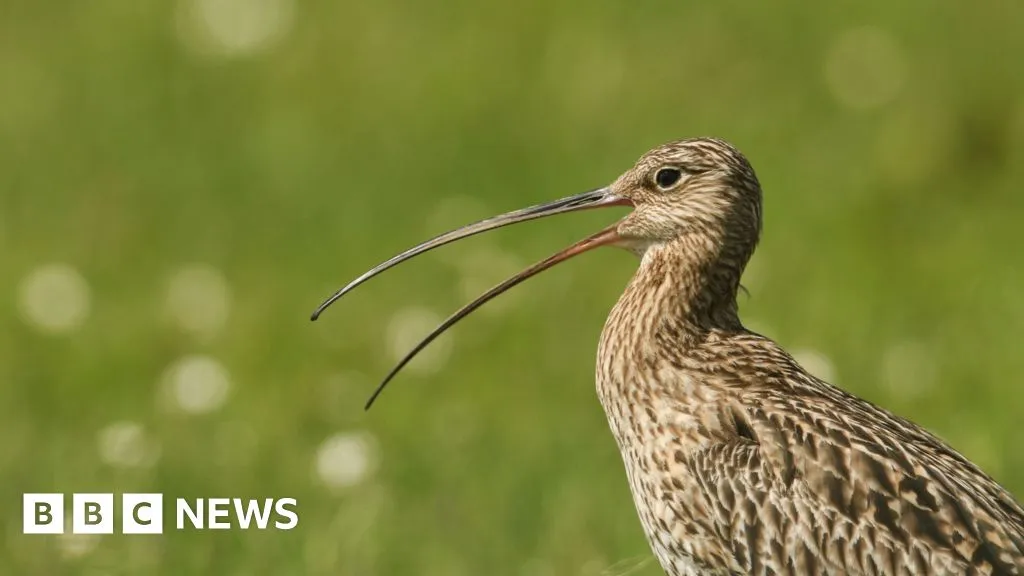The warbling call of the curlew has returned to Trasna Island in Lower Lough Erne.
Conservationists are celebrating the first successful breeding birds on the island in living memory.
RSPB (NI) manages several islands in Lough Erne and has its nature reserve on the Lower Lough.
It acquired Trasna Island in 2017 and since then has worked with the Lough Erne Landscape Partnership to restore habitat to support the return of vulnerable species including the curlew, along with the lapwing, snipe and redshank.
This is the best summary I could come up with:
The warbling call of the curlew has returned to Trasna Island in Lower Lough Erne.Conservationists are celebrating the first successful breeding birds on the island in living memory.RSPB (NI) manages several islands in Lough Erne and has its nature reserve on the Lower Lough.It acquired Trasna Island in 2017 and since then has worked with the Lough Erne Landscape Partnership to restore habitat to support the return of vulnerable species including the curlew, along with the lapwing, snipe and redshank.
“They’re very secretive in their behaviour, so it can be very difficult to establish nesting sites and figure out what they’re actually doing some years.”
What Amy and the RSPB team do know is that the female left the island around four weeks after the chicks hatched, which is typical for the species.That left the male in charge of protecting the brood in the nest on the ground for another 1-2 weeks, until they’re ready to take off.He will maintain a vigilant watch, soaring overhead to scan for any danger, including us coming onto the island.
"The return of such a depleted species highlights the effectiveness of practical conservation management, such as clearing woodland and creating the open grassland on the foreshore that will attract breeding waders.
In the early twentieth century Trasna Island had an open, farmed landscape which was ideal for breeding curlews.Highland cows have been used during winter to manage growth, with as little intervention as possible by humans to give any birds the best chance.By now, the curlew have departed the lough for their next stage, but hopes are high that this is the start of a new dynasty for the species in Fermanagh.
"So when the curlew first return to site, by the time they pair up and lay eggs, they hatch and then they come up to fledging stage - when the chicks are capable of flying basically - they’ll head off from here, hopefully out west onto the coast and then down south for the winter.
The original article contains 491 words, the summary contains 333 words. Saved 32%. I’m a bot and I’m open source!



